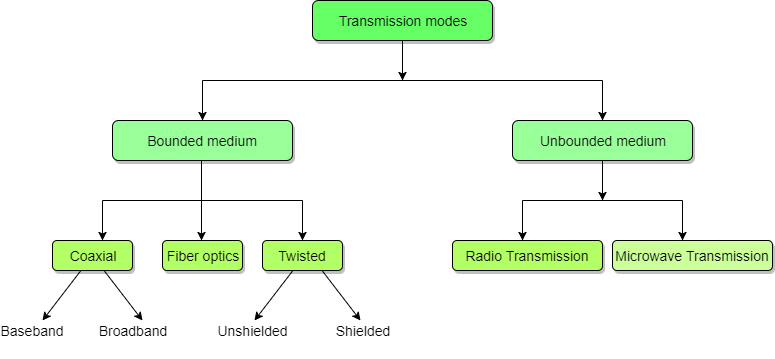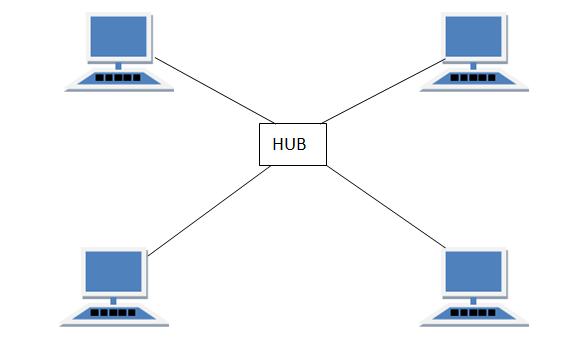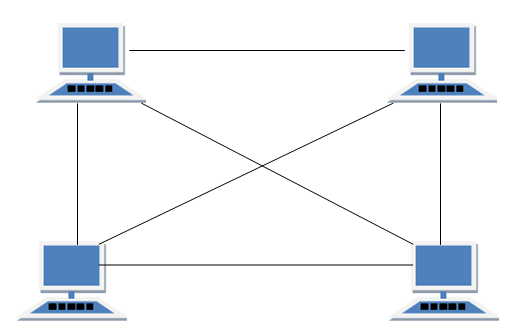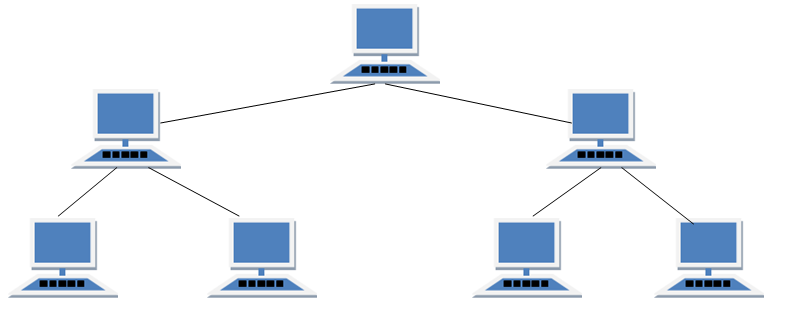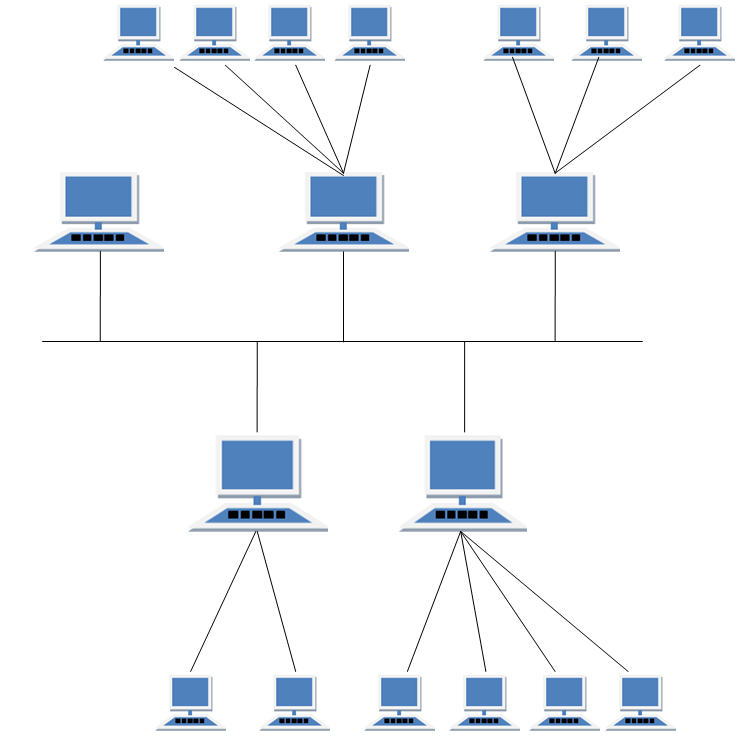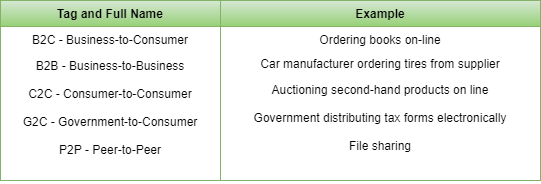Introduction To Computer Networks
Modern world scenario is ever changing. Data Communication and network have changed the way business and other daily affair works. Now, they highly rely on computer networks and internetwork.
A set of devices often mentioned as nodes connected by media link is called a Network.
A node can be a device which is capable of sending or receiving data generated by other nodes on the network like a computer, printer etc. These links connecting the devices are called Communication channels.
Computer network is a telecommunication channel using which we can share data with other coomputers or devices, connected to the same network. It is also called Data Network. The best example of computer network is Internet.
Computer network does not mean a system with one Control Unit connected to multiple other systems as its slave. That is Distributed system, not Computer Network.
A network must be able to meet certain criterias, these are mentioned below:
- Performance
- Reliability
- Scalability
Computer Networks: Performance
It can be measured in the following ways:
- Transit time : It is the time taken to travel a message from one device to another.
- Response time : It is defined as the time elapsed between enquiry and response.
Other ways to measure performance are :
- Efficiency of software
- Number of users
- Capability of connected hardware
Computer Networks: Reliability
It decides the frequency at which network failure take place. More the failures are, less is the network's reliability.
Computer Networks: Security
It refers to the protection of data from any unauthorised user or access. While travelling through network, data passes many layers of network, and data can be traced if attempted. Hence security is also a very important characteristic for Networks.
Properties of a Good Network
- Interpersonal Communication: We can communicate with each other efficiently and easily. Example: emails, chat rooms, video conferencing etc, all of these are possible because of computer networks.
- Resources can be shared: We can share physical resources by making them available on a network such as printers, scanners etc.
- Sharing files, data: Authorised users are allowed to share the files on the network.
Basic Communication Model
A Communication model is used to exchange data between two parties. For example: communication between a computer, server and telephone (through modem).
Communication Model: Source
Data to be transmitted is generated by this device, example: telephones, personal computers etc.
Communication Model: Transmitter
The data generated by the source system is not directly transmitted in the form its generated. The transmitter transforms and encodes the data in such a form to produce electromagnetic waves or signals.
Communication Model: Transmission System
A transmission system can be a single transmission line or a complex network connecting source and destination.
Communication Model: Receiver
Receiver accepts the signal from the transmission system and converts it into a form which is easily managed by the destination device.
Communication Model: Destination
Destination receives the incoming data from the receiver.
Data Communication
The exchange of data between two devices through a transmission medium is called Data Communication. The data is exchanged in the form of 0's and 1's. The transmission medium used is wire cable. For data communication to occur, the communication device must be a part of a communication system. Data Communication has two types - Local and Remote which are discussed below:
Data Communication: Local
Local communication takes place when the communicating devices are in the same geographical area, same building, or face-to-face etc.
Data Communication: Remote
Remote communication takes place over a distance i.e. the devices are farther. The effectiveness of a data communication can be measured through the following features :
- Delivery: Delivery should be done to the correct destination.
- Timeliness: Delivery should be on time.
- Accuracy: Data delivered should be accurate.
Components of Data Communication
- Message: It is the information to be delivered.
- Sender: Sender is the person who is sending the message.
- Receiver: Receiver is the person to whom the message is being sent to.
- Medium: It is the medium through which the message is sent. For example: A Modem.
- Protocol: These are some set of rules which govern data communication.
to be continued.......
